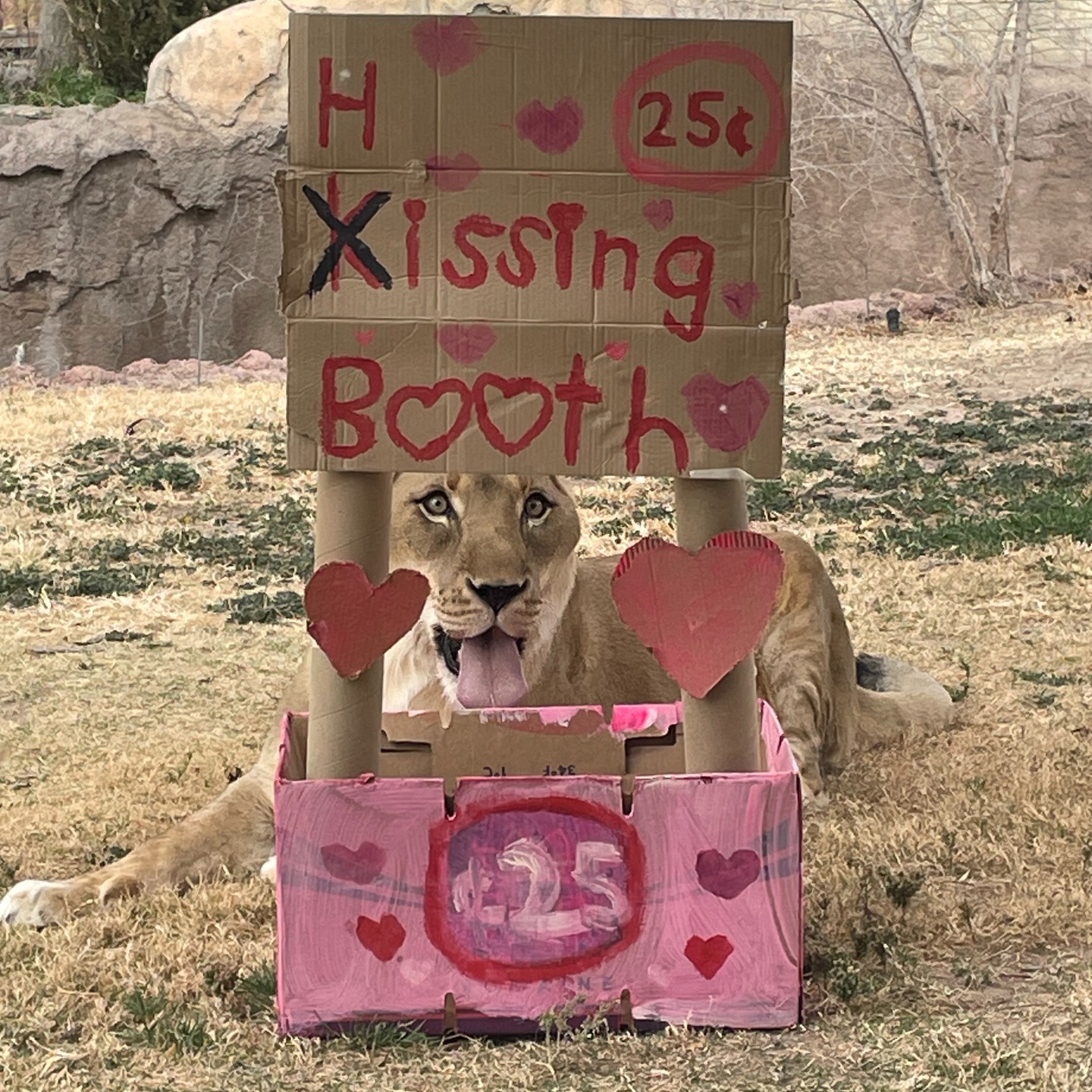- The role of zoos in conservation and their significance in raising awareness about wildlife preservation
- The importance of breeding programs and the challenges faced by zoos in animal pairings
- The behavioral characteristics and social dynamics of lions in captivity
- The critical role of zookeepers in animal care and their innovative methods for animal enrichment
- The impact of virtual interactions and social media in enhancing public engagement with wildlife conservation
Zoos serve as vital bastions for wildlife conservation, undertaking the responsibility of preserving species and educating the public on the importance of protecting our natural world. They bridge the gap between human urbanization and the wilderness, providing insights into animal behavior and needs. The story of Malaika, the lioness who found herself without a suitor on Valentine’s Day at the kissing booth, highlights the intricate work involved in zoo management and animal care, shedding light on the challenges and nuances of conserving wildlife in a rapidly changing world.
Zoos play an indispensable role in conservation efforts by housing endangered species, conducting scientific research, and facilitating breeding programs aimed at population sustainability. These institutions are not just spectacles for visitors but centers of learning and conservation. By providing a safe environment for animals like Malaika, zoos can mitigate the impacts of habitat loss and poaching, two significant threats to wildlife today. They operate under rigorous ethical standards to ensure the physical and psychological well-being of their inhabitants.
Breeding programs are a critical component of zoo conservation efforts. They aim to maintain genetic diversity and increase the population of threatened species. However, breeding programs often face challenges, especially when it comes to pairing animals. The case of Malaika at the kissing booth symbolizes one of the difficulties in orchestrating successful pairings. There can be mismatched timings, lack of chemistry, or societal hierarchies influencing interactions among animals. These programs rely on scientific research to optimize compatibility and improve reproductive outcomes, emphasizing zoos’ commitment to preserving those species most at risk.
Lions, as social animals, present a unique set of challenges and opportunities for zoo managers. Understanding the complex social structures of lions is critical when housing them in zoos. Lions live in prides, and their interactions are governed by a strict social hierarchy. The introduction of new individuals, like attempting to pair Malaika with a potential mate such as Hodari, requires careful planning. Animal caretakers invest significant time observing animals’ behaviors to minimize stress and aggression. This comprehensive understanding helps create environments that mimic their natural habitats as closely as possible.
Zookeepers play a crucial role in maintaining the health and vitality of zoo inhabitants. They are tasked with the day-to-day care that includes feeding, health monitoring, and providing enrichment activities that stimulate the animals mentally and physically. Animal enrichment is essential for promoting natural behaviors that can be challenging to exhibit in captivity. Activities like the kissing booth offer opportunities for novel experiences, keeping animals like Malaika engaged and healthy. These activities reflect the creativity and dedication of zookeepers in ensuring a high standard of animal welfare.
In the digital age, social media and virtual interactions have emerged as powerful tools for increasing public engagement with wildlife conservation. By sharing Malaika’s story online, zoos can reach a broader audience, educating and inspiring action among those who otherwise might not have been inclined to visit in person. Virtual experiences provide inclusive access, fostering a connection between audiences and the animals they wish to protect. These platforms enable zoos to highlight conservation issues, share success stories, and invite participation from the public, all crucial components in the drive to safeguard our planet’s biodiversity.
The story of Malaika at the zoo not only entertains but underscores the ongoing efforts in wildlife conservation. Through strategic breeding, meticulous care, and effective engagement, zoos such as Malaika’s endeavor to create a promising future for wildlife. As conservation centers, zoos will continue to innovate, adapt, and educate to meet the challenges of preserving the world’s precious animal species.
*****
Source Description
Unfortunately, Malaika 🦁 did not get any takers on Valentine’s Day when she arrived at the KISSING 💋 BOOTH designed by Taylor her keeper.
I hear she has a HUGE CRUSH 😍 on Hodari.
VIRTUAL 💋s accepted. Thanks for the idea @donna1garibay


